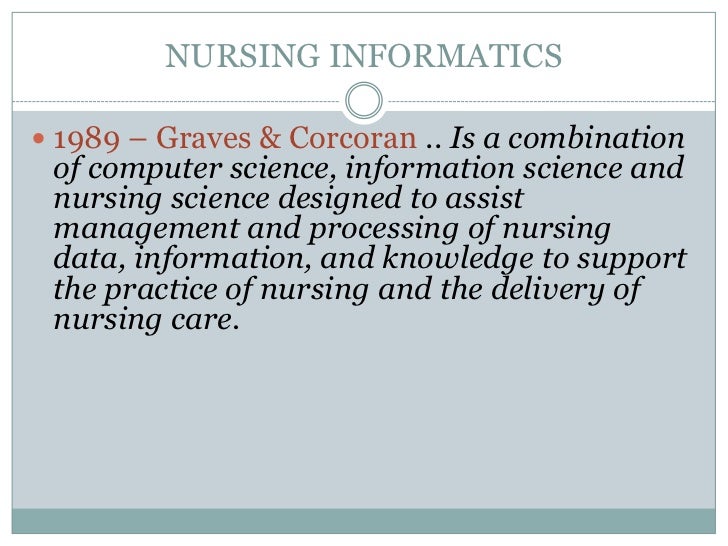Uses of Computer
http://ecomputernotes.com/fundamental/introduction-to-computer/uses-of-computer
Education : Getting the right kind of information is a major challenge as is getting information to make sense. College students spend an average of 5-6 hours a week on the internet.Research shows that computers can significantly enhance performance in learning. Students exposed to the internet say they think the web has helped them improve the quality of their academic research and of their written work. One revolution in education is the advent of distance learning. This offers a variety of internet and video-based online courses.
Health and Medicine :
Computer technology is radically changing the tools of medicine. All medical information can now be digitized. Software is now able to computer the risk of a disease. Mental health researchers are using computers to screen troubled teenagers in need of psychotherapy. A patient paralyzed by a stroke has received an implant that allows communication between his brain and a computer; as a result, he can move a cursor across a screen by brainpower and convey simple messages.
Science :
Scientists have long been users of it. A new adventure among scientists is the idea of a “collaboratory”, an internet based collaborative laboratory, in which researchers all over the world can work easily together even at a distance. An example is space physics where space physicists are allowed to band together to measure the earth’s ionosphere from instruments on four parts of the world.
Business :
Business clearly see the interest as a way to enhance productivity and competitiveness. Some areas of business that are undergoing rapid changes are sales and marketing, retailing, banking, stock trading, etc. Sales representatives not only need to be better educated and more knowledgeable about their customer’s businesses, but also must be comfortable with computer technology. The internet has become a popular marketing tool. The world of cybercash has come to banking – not only smart cards but internet banking, electronic deposit, bill paying, online stock and bond trading, etc.
Recreation and Entertainment:
Our entertainment and pleasure-time have also been affected by computerization. For example:
• In movies, computer generated graphics give freedom to designers so that special effects and even imaginary characters can play a part in making movies, videos, and commercials.
• In sports, computers compile statistics, sell tickets, create training programs and diets for athletes, and suggest game plan strategies based on the competitor’s past performance.
• In restaurants, almost every one has eaten food where the clerk enters an order by indicating choices on a rather unusual looking cash register; the device directly enters the actual data into a computer, and calculates the cost and then prints a receipt.
Government:
Various departments of the Government use computer for their planning, control and law enforcement activities. To name a few – Traffic, Tourism, Information & Broadcasting, Education, Aviation and many others.



